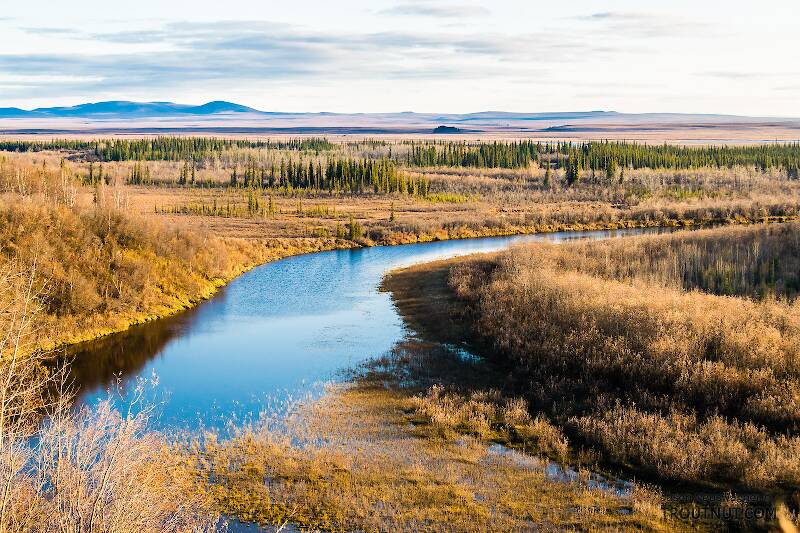
Blue-winged Olives
Baetis
Tiny Baetis mayflies are perhaps the most commonly encountered and imitated by anglers on all American trout streams due to their great abundance, widespread distribution, and trout-friendly emergence habits.


Mayfly Species Ameletus sparsatus (Brown Duns)
Where & when
Preferred waters: Medium to large rivers
In 8 records from GBIF, adults of this species have been collected during June (38%), July (38%), May (13%), and April (13%).
In 7 records from GBIF, this species has been collected at elevations ranging from 3940 to 8871 ft, with an average (median) of 5456 ft.
Species Range
Physical description
Most physical descriptions on Troutnut are direct or slightly edited quotes from the original scientific sources describing or updating the species, although there may be errors in copying them to this website. Such descriptions aren't always definitive, because species often turn out to be more variable than the original describers observed. In some cases, only a single specimen was described! However, they are useful starting points.
Male Spinner
Wing length: 9-10 mm
A medium-sized speckled-winged species, with dark ganglionic areas on sternites 7 and 8.
Head shining black. Pronotum black. Mesonotum reddish brown anteriorly, the middle area yellowish brown with deep blackish brown lateral margins. A yellowish brown area anterior to the wing root. Scutellum yellowish brown with a broad shiny black area on each side. Metanotum shining black, the anterior part shaded with brown. Pleura and sternum blackish brown, with lighter brown shadings.
Legs of male missing. Fore leg of female blackish; middle and hind legs yellowish brown, the femora shaded with reddish black. Wings hyaline, tinged faintly with amber in the male. Veins and cross veins prominent, brown; cross veins in the costal half of the wing basad of the bulla margined with smoky brown, and forming small dark patches below the bulla and in the radial space between the bulla and the apex. Stigmatic cross veins strongly anastomosed.
Dorsum of abdomen yellowish brown on tergites 2-6, the apical tergites golden brown. Lateral and posterior margins of all tergites shaded rather broadly with darker brown. Sternites 2-6 dull smoky brown, apical sternites opaque yellowish brown; dark antero-median patches on sternites 7 and 8; sternite 9 with a broad deep brown lateral edging. Forceps base yellowish brown shaded with brown at the bases of the forceps and along the posterior margin. Forceps smoky brown. Resembling Ameletus dissitus and Ameletus cooki in structure of the penes (see fig. 118).
Described as A. aequivocus
Body length 9 mm, wing length 9 mm
A brownish species allied to Ameletus cooki; no dark ganglionic marks.
Head dark brown. Pronotum rather dark brown. Mesonotum paler brown; blackish brown shading on lateral areas and postero-laterally on each side of the scutellum. Metanotum brown, with blackish shading in posterior portion. Pleura and sternum deep brown; intersegmental areas paler brown. Fore femur and tibia deep brown with faint tinge of purplish; tarsus pale brown. Middle and hind legs pale brown, traces of reddish streaks on outer side of each femur. Wings hyaline; longitudinal veins fine, brown; cross veins indistinct, faintly brown-tinged; those of stigmatic area better defined, anastomosed regularly. Abdominal tergite 1 blackish brown; anterior margin and a large subtriangular lateral area on tergites 2-7 pale, semi-hyaline, other portions of these segments light brown; laterally the brown color extends forward almost to anterior margin. Sternite 1 light brown; 2-6 light yellowish; no dark ganglionic marks. Segments 8-10 opaque; tergites rather uniformly brown, paler brown lateral patches on 9 and 10. Sternites 7-9 light brown, posterior margin of 9 and forceps base rather paler. Tails dull pale brownish white.
Duller than the allied A. cooki; forceps base broader, penes closer together, and median spines longer than in that species (see fig. 118 from McDunnough).
Nymph
Legs of nymph banded. Abdomen orange-brown. Tergites 1, 7 and 10 largely pale except for a dark anterior margin. Tergite 9, and sternites 8 and 9, largely dark reddish to orange brown. Remaining tergites with large pale rather oval lateral spots; a pale median area bounded by dark brown submedian oblique streaks; anterior and posterior margin very narrowly black, especially in the postero-lateral angle. Sternites with similar marks, but the pale median streak usually wanting. Tails with a very wide median black band and a narrow black band at the apex.
Start a Discussion of Ameletus sparsatus
References
- Arbona, Fred Jr. 1989. Mayflies, the Angler, and the Trout. Nick Lyons Books.
- Caucci, Al and Nastasi, Bob. 2004. Hatches II. The Lyons Press.
- Knopp, Malcolm and Robert Cormier. 1997. Mayflies: An Angler's Study of Trout Water Ephemeroptera . The Lyons Press.
- Needham, James G., Jay R. Traver, and Yin-Chi Hsu. 1935. The Biology of Mayflies. Comstock Publishing Company, Inc.
Mayfly Species Ameletus sparsatus (Brown Duns)
Species Range
Common Name
Resources
- NatureServe
- Integrated Taxonomic Information System
- Global Biodiversity Information Facility
- Described by McDunnough (1931)

